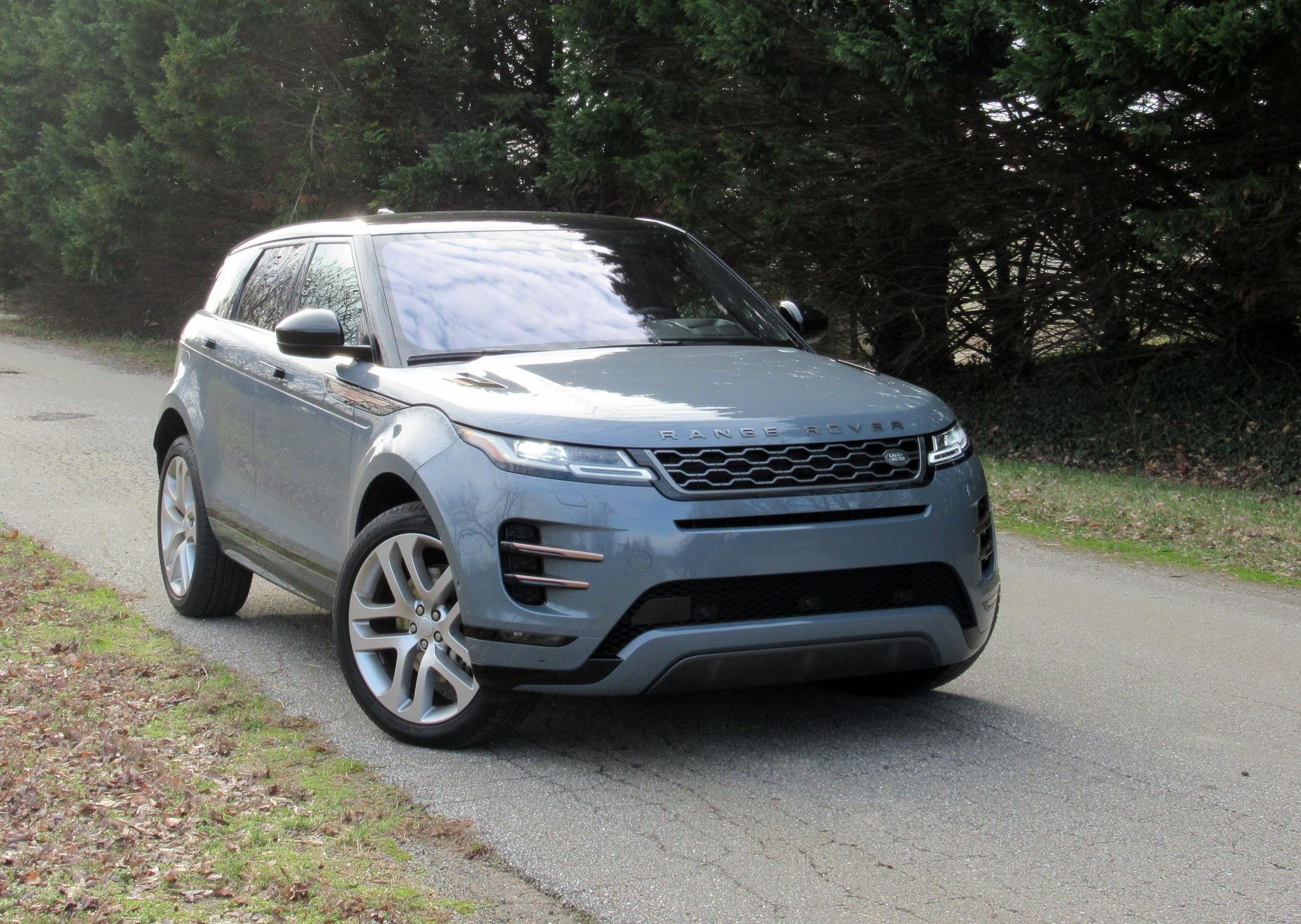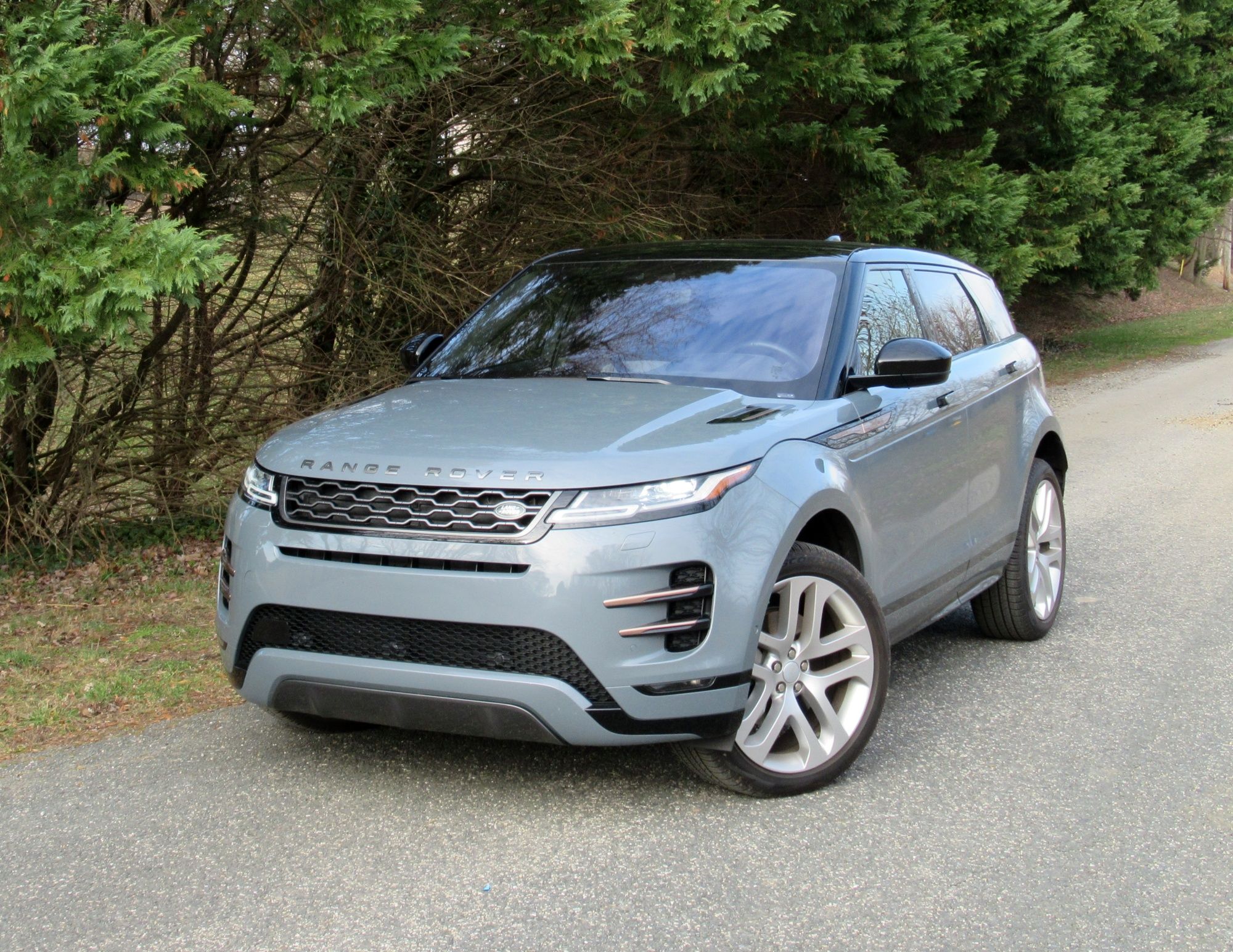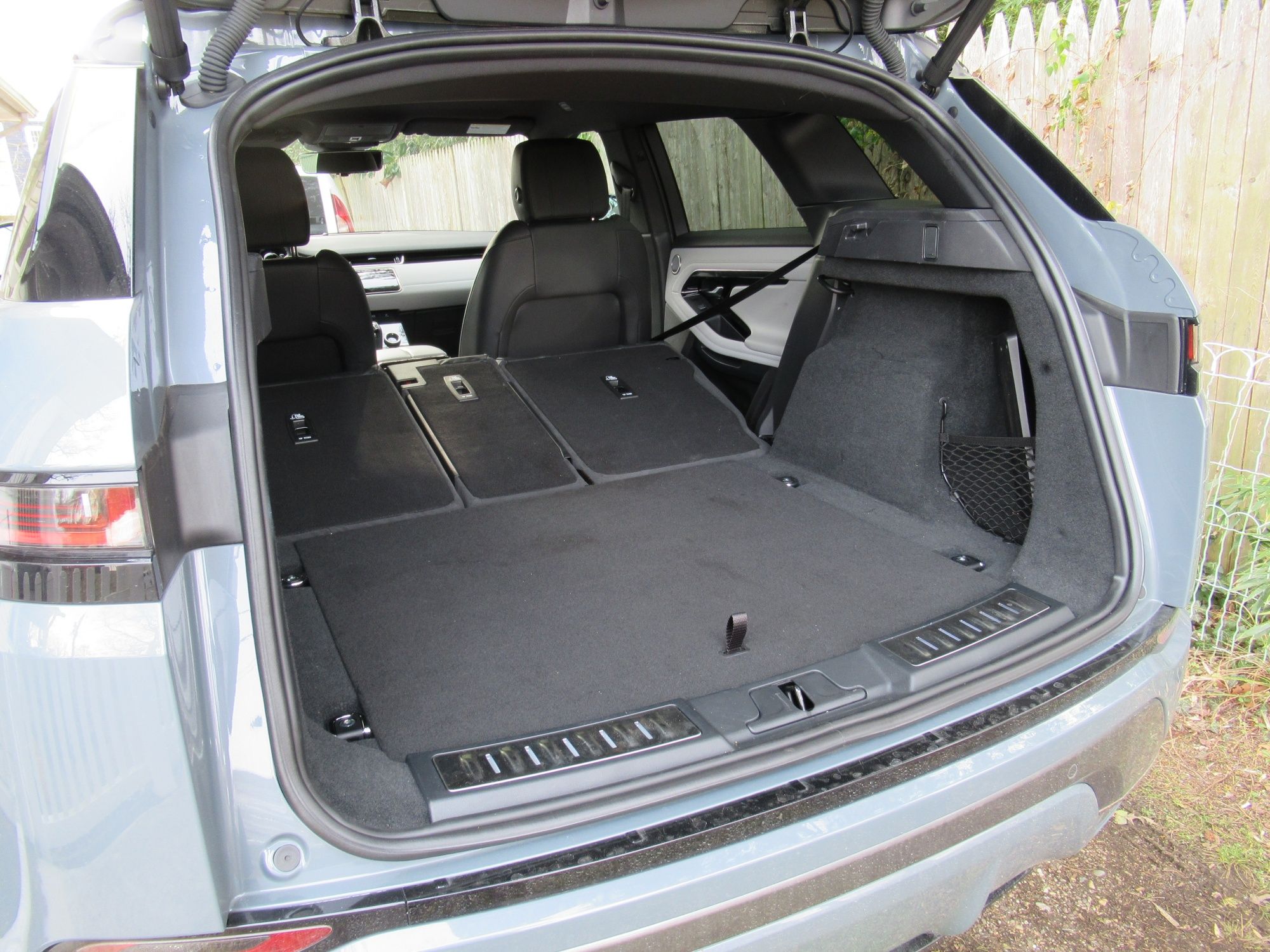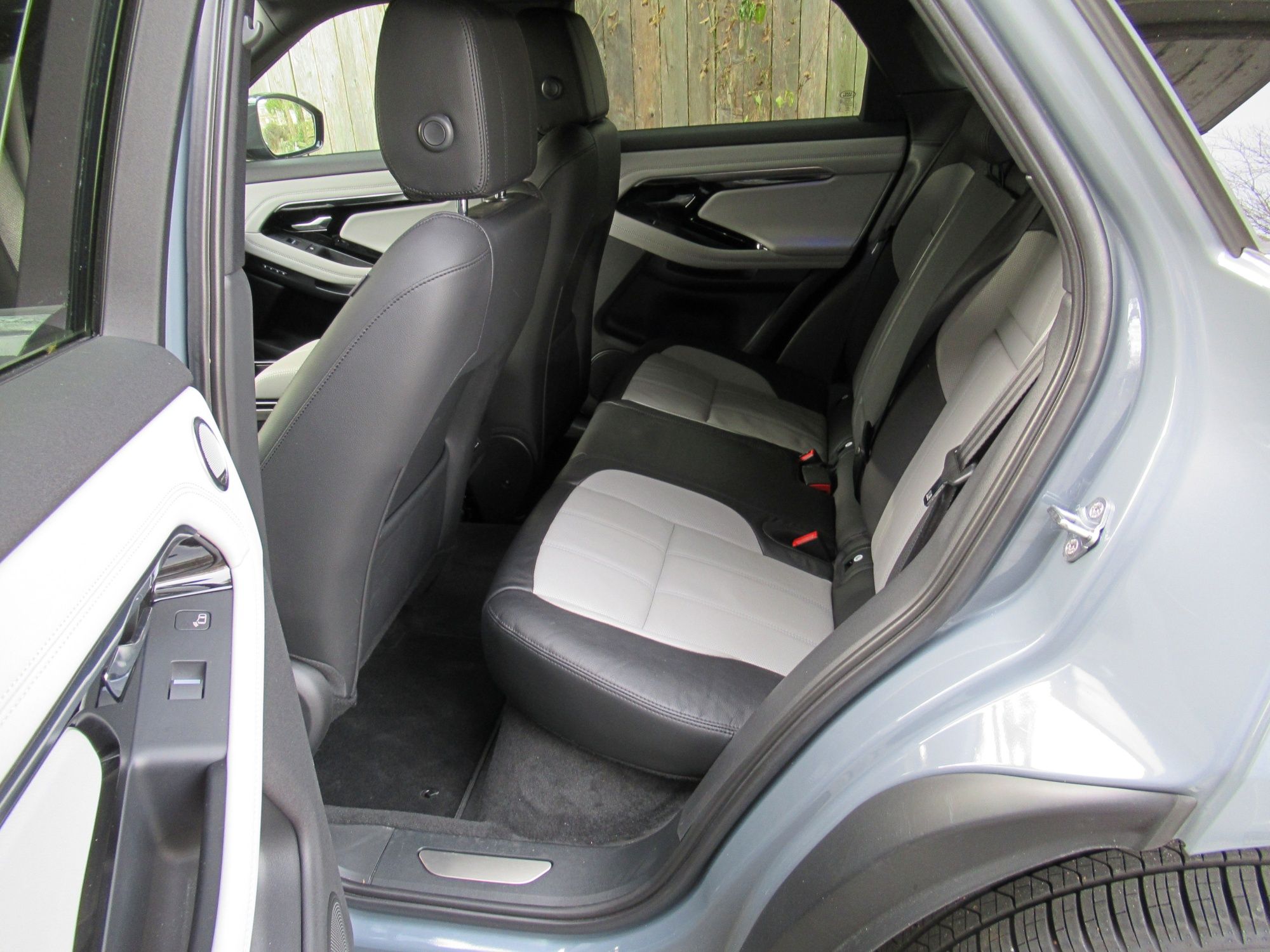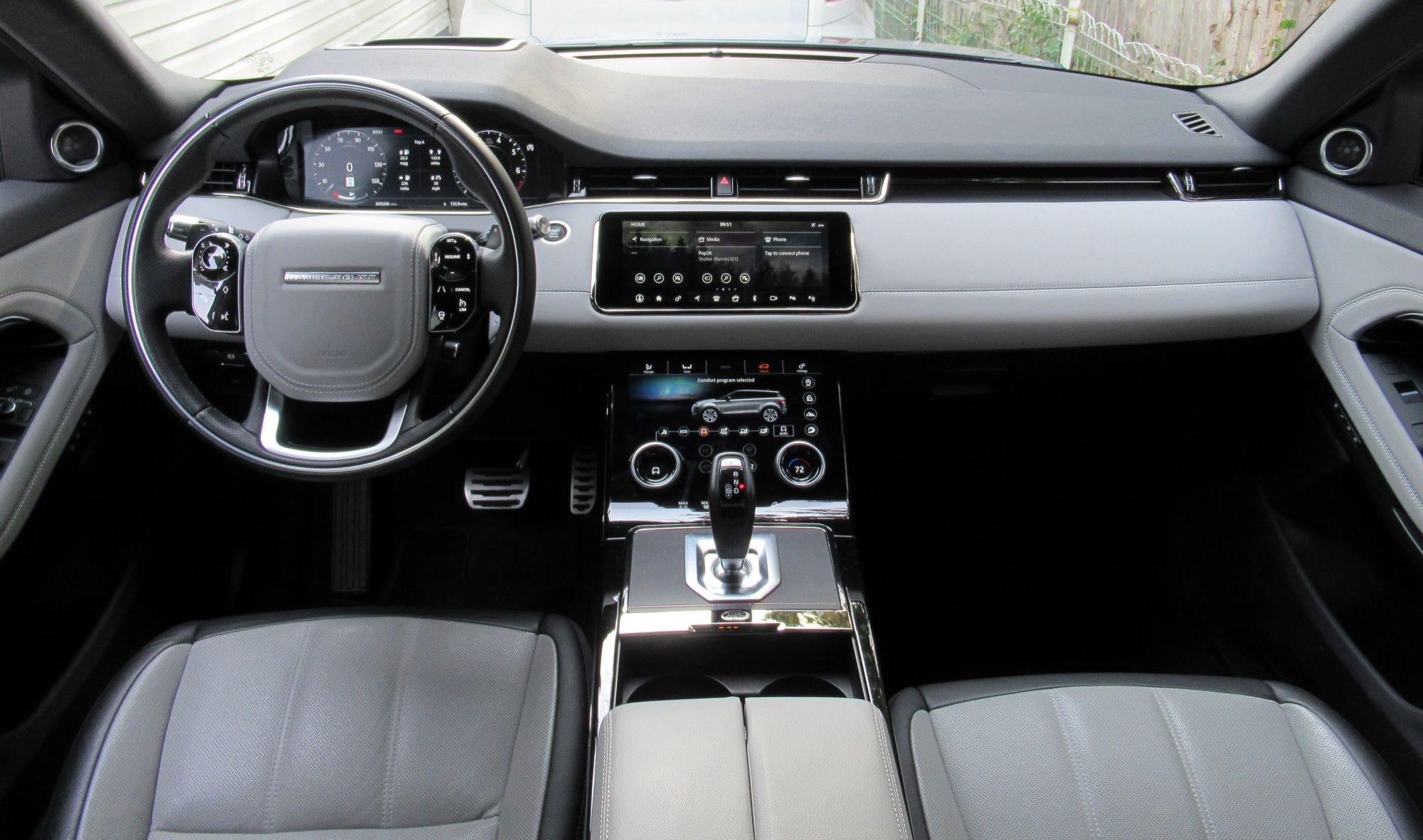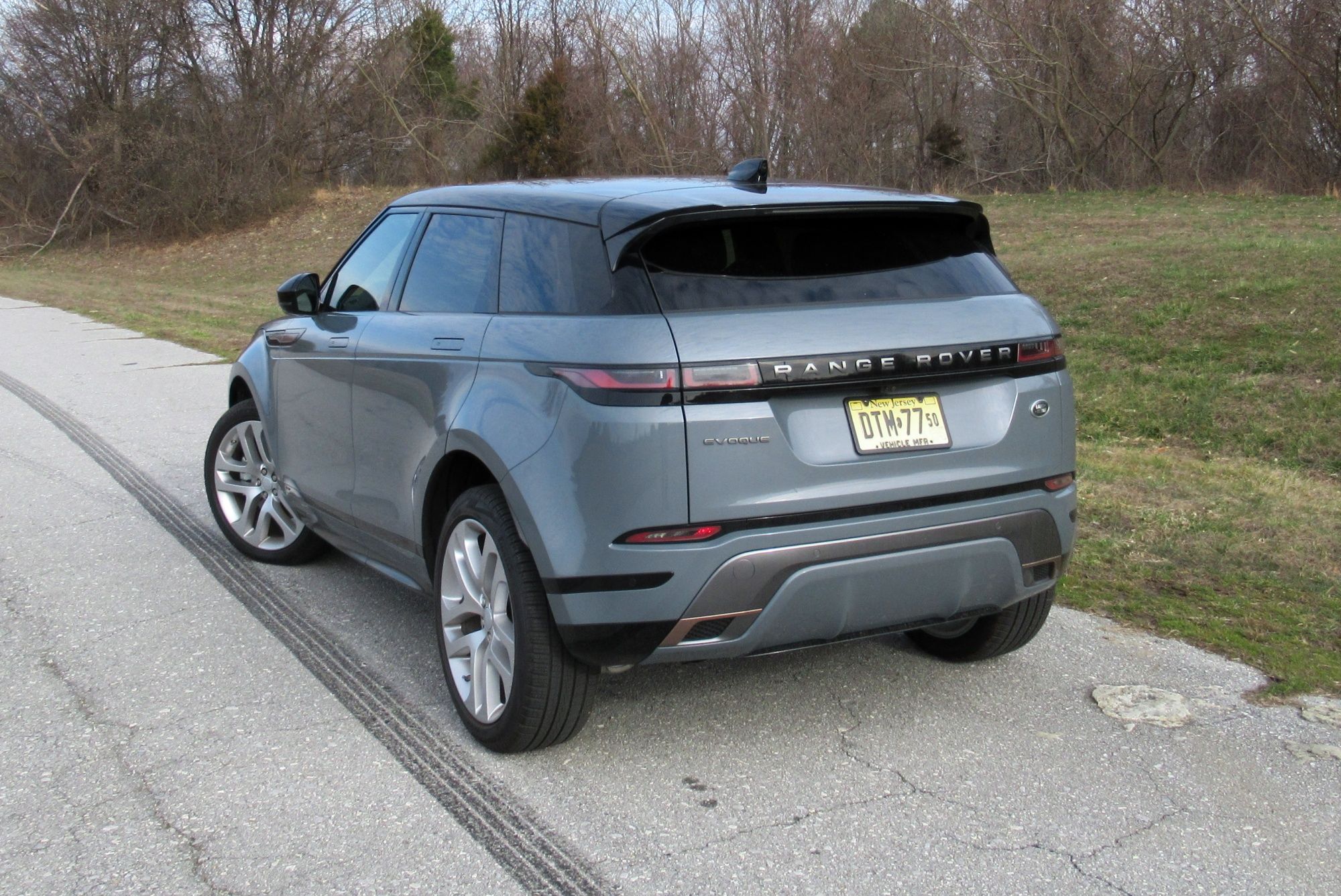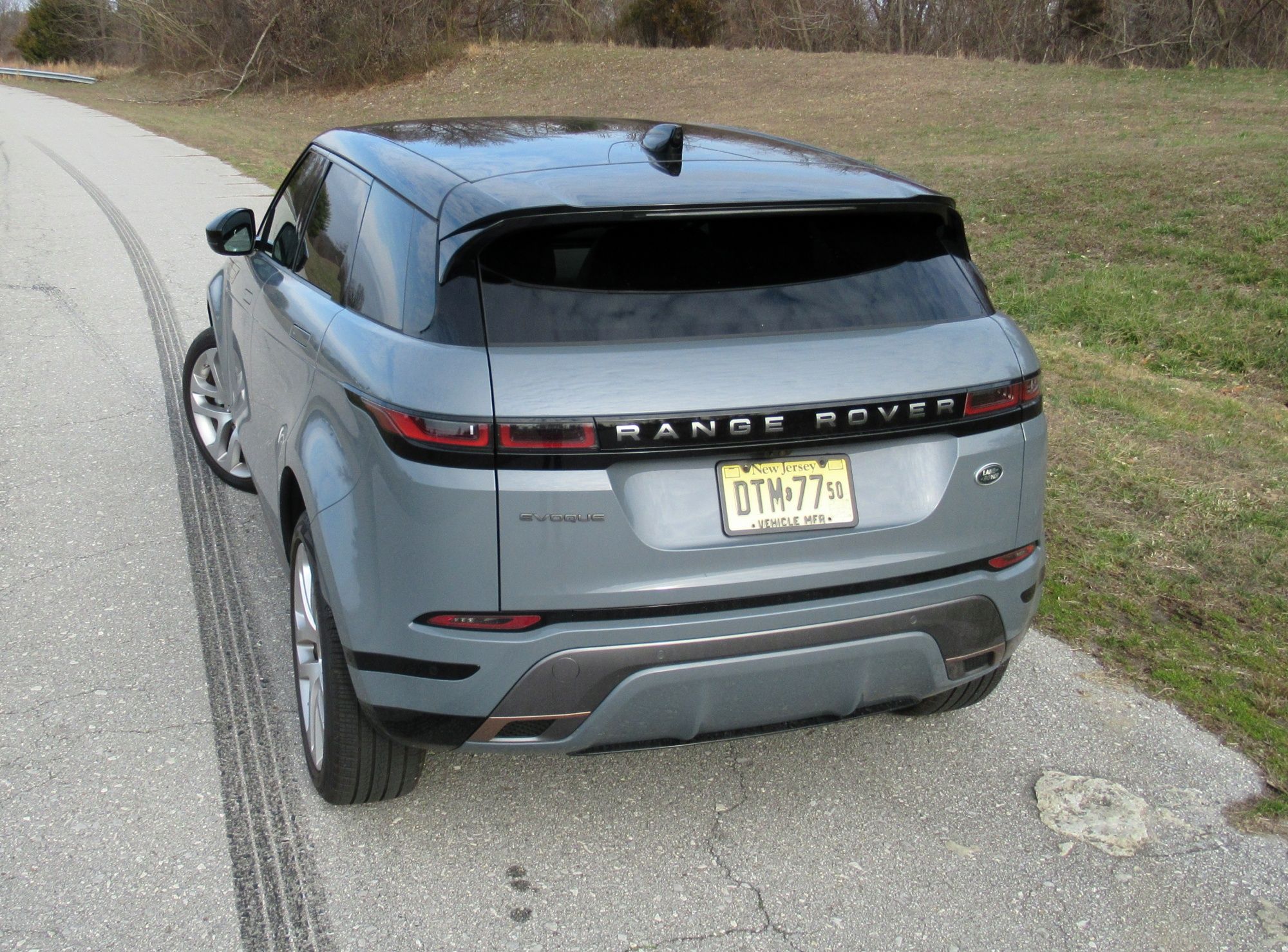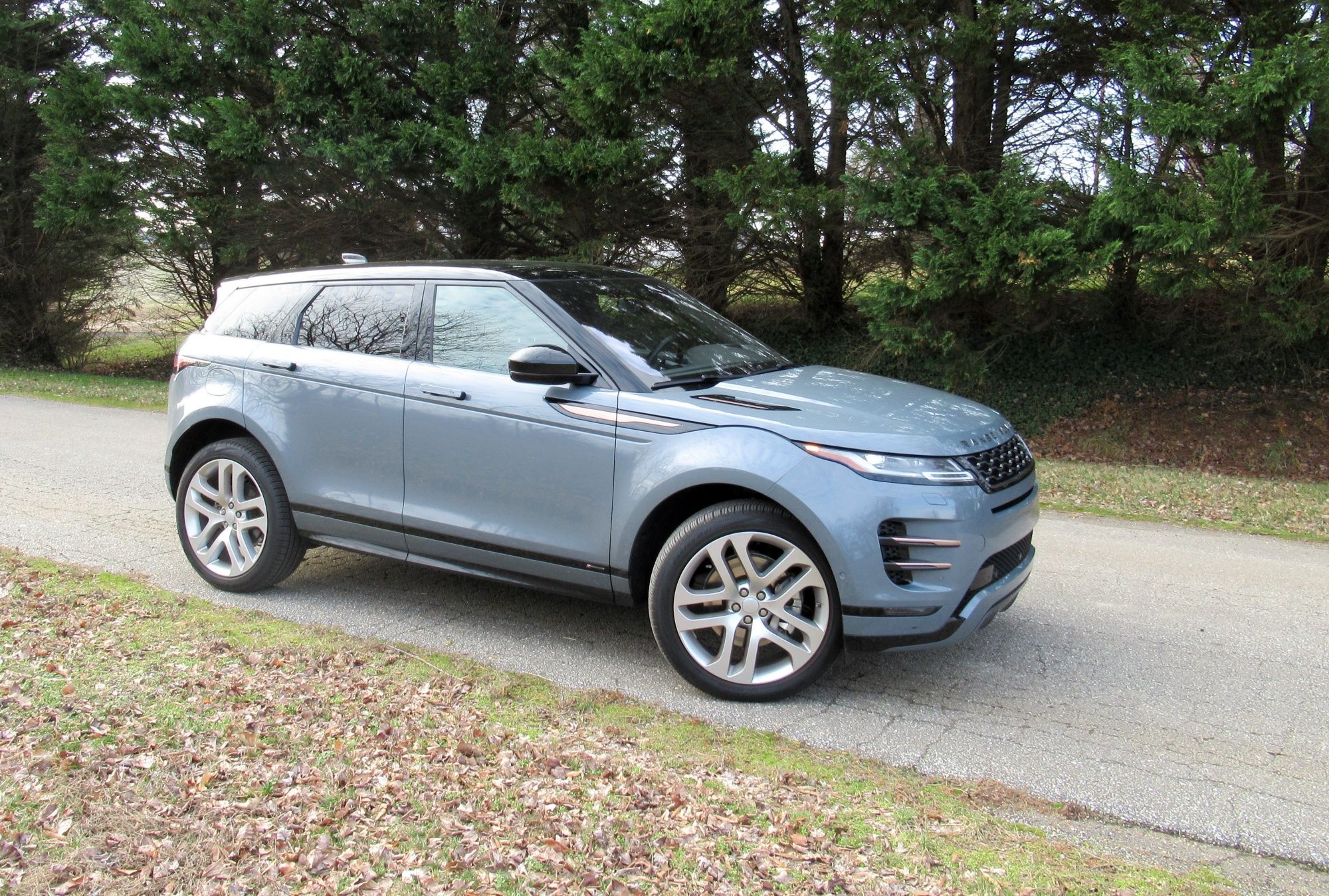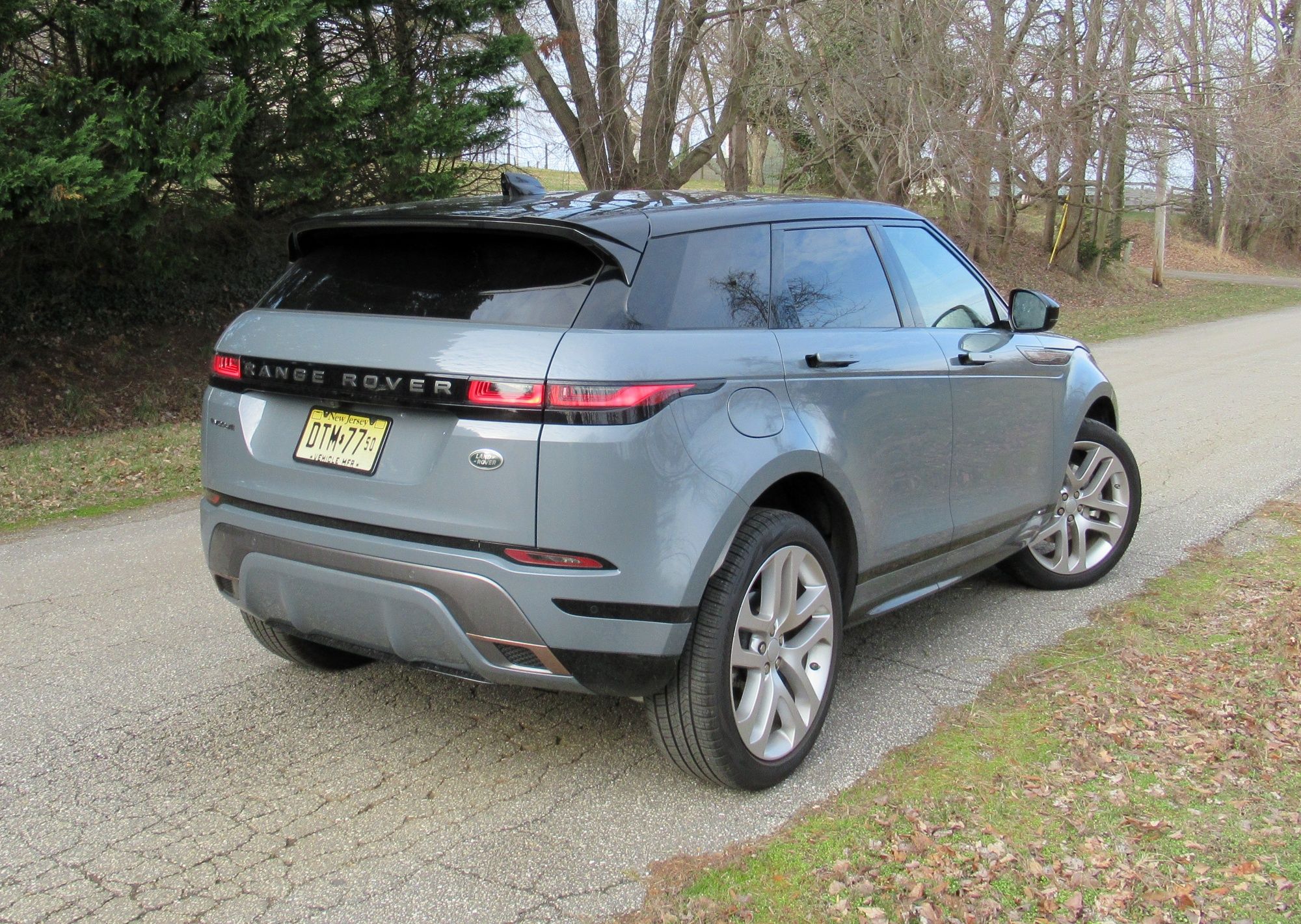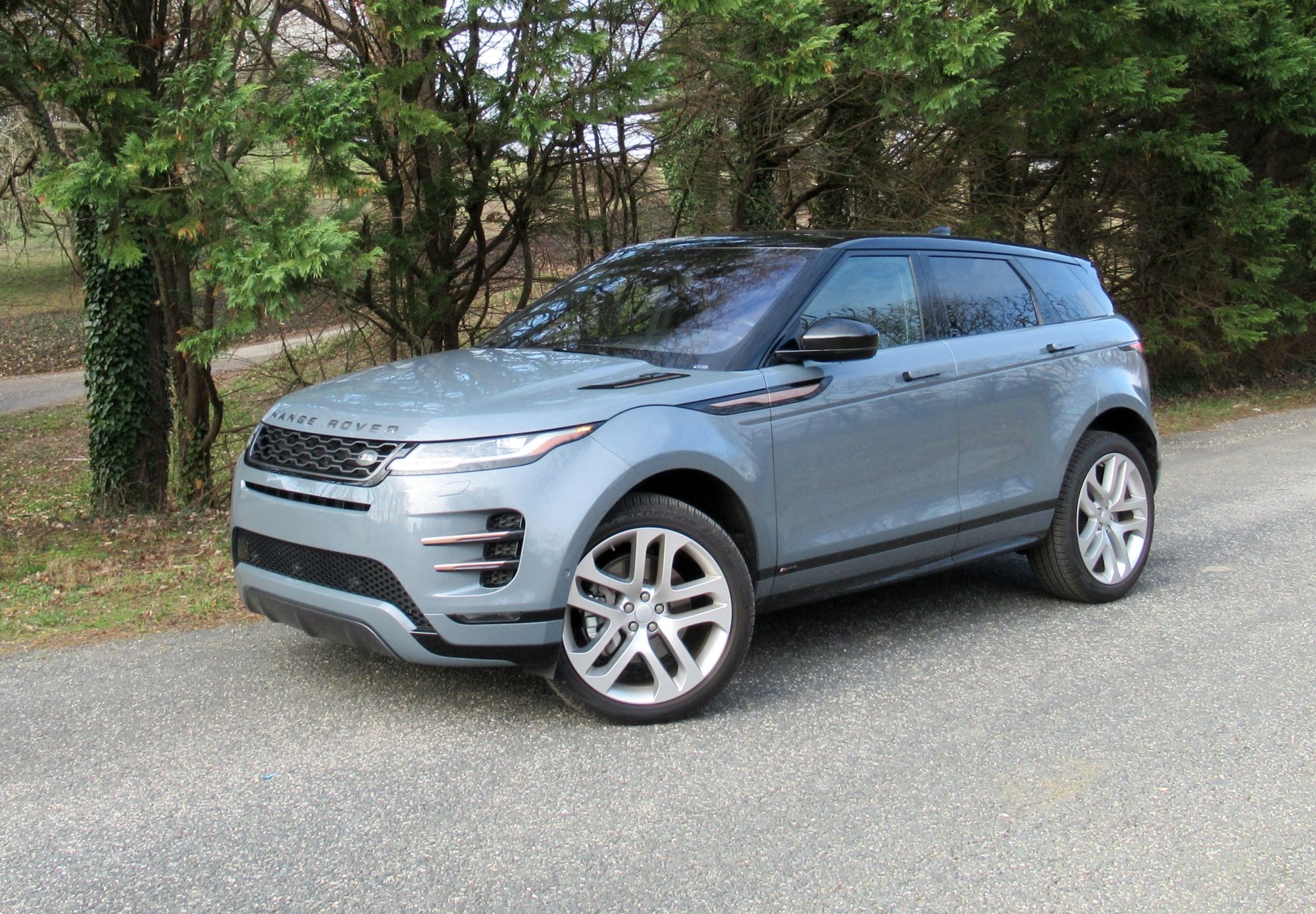Back in 2012, the Range Rover Evoque was a radical departure. This Land Rover sub-brand made a name for itself with powerful, comfortable SUVs, with big, boxy, classic styling. The “Baby Range Rover” Evoque was a subcompact crossover with a sleek silhouette and tiny windows. It looked like a bold concept car that instead hit the streets. The bet paid off — the Evoque not only brought new customers into the Range Rover fold, but it successfully previewed the brand’s direction. This once-radical face now adorns the Range Rover Velar, Range Rover Sport, and even the flagship original Range Rover.
What the 2012 Evoque didn’t have was perfect luxury-grade substance. It was a head-turning little luxury SUV upholstered in expensive leather, but built from old Ford parts. Buyers who fell in love with the looks had to live with mediocre ride, handling, and acceleration, to say nothing of its cramped cabin and tight outward visibility. And while many buyers happily did so, Land Rover redesigned the Evoque this year to improve its substance without compromising its style.
We recently spent a week in the redesigned 2020 Land Rover Range Rover Evoque (apologies for the long name) to evaluate how well the company did. We found it to be improved but still imperfect: loyal owners should have nothing but praise for the changes, and there are enough improvements to bring in some new buyers to the fold. But purely on substance, we’d be hard-pressed to call the Evoque a leader in the cutthroat subcompact luxury SUV segment, particularly at above-average prices that start above $42,650. Let’s discuss why.
2020 Land Rover Range Rover Evoque - Driven
- Make: Array
- Model: 2020 Land Rover Range Rover Evoque - Driven
2020 RANGE ROVER EVOQUE - EXTERIOR
Even at the end of its eight-year life, the previous-generation Evoque looked fresh and distinctive. Range Rover could have introduced the 2012 Evoque today and it would still be considered a looker — not merely attractive, but even fresh and new. So while the 2020 redesign isn’t a radical departure from the 2012-2019 model, a radical departure wasn’t necessary.
The already-slim headlights got even slimmer. The sides look even more like a concept car thanks to flush-mounted door handles (they pop out only when the vehicle is parked and unlocked). But otherwise, the changes look like merely a mild facelift, with so many details carrying over intact — even in a full redesign. In other words, Land Rover had a blank slate on this vehicle, but largely recreated the old Evoque’s styling on it.
The exterior's main difference is around the rear, where the most work was indeed needed. That’s where the old Evoque had chunky taillights connected by a chrome bar. The new model borrows the slimmer rear fascia from the larger Range Rover Velar, with a lightbar spanning the rear of the vehicle. This new approach flows so cohesively with the rest of the Evoque’s body, it’s easy to forget that it didn’t always look like this.
You still have to like the sports-car-on-stilts look of an SUV with tiny windows, rather than being wedded to both the style and the practicality of open expanses of glass. Fortunately, those who like the tough-off-roader vibe can enjoy the new Land Rover Discovery, rather than the Evoque’s urban-chic vibe that’s spread across much of the Range Rover lineup.
2020 RANGE ROVER EVOQUE - INTERIOR
Range Rover interiors have become jaw-droppers. When I tested a $75,000 Range Rover Sport, a parking garage attendant asked me if I wouldn’t mind getting out of the car so he could take pictures of the dashboard. But on all but the most basic Evoque, the smallest Range Rover, it is just as dazzling — for $30,000 less. A gorgeous leather-upholstered dashboard brings old-world charm, while the center stack is made up of two high-resolution touchscreens with gorgeous displays.
Once you use the system, though, you may find its beauty to be skin-deep. The screens could be faster to respond, and it takes too many steps to achieve simple tasks. Each screen has numerous simultaneous or alternative views you may need to switch among.
A particular frustration were the big simple-looking dials below the button touchscreen, which perform various functions at different times depending on whether you’re in a certain infotainment mode or have tapped the knob a certain way.
We sometimes had the seat heaters turn off if we tried to change our driving mode, or got locked out of adjusting the driver-side climate temperature until we changed our infotainment display mode. The base Evoque S model skips the second touchscreen in favor of physical buttons, in case you’re wedded to other aspects of the Evoque but don’t want that headache. The system does support Apple CarPlay and Android Auto smartphone integration, a welcome infotainment feature that’s missing from some luxury marques.
Beyond the dashboard, the Evoque has another notable difference from most subcompact crossovers. Because Land Rover is a historically off-road-focused brand — and even the car-like Evoque retains some of that capability — you sit up higher in the Evoque than in most of its competitors. That’s great news if you want an SUV vibe without a lot of extra bulk.
Rear visibility remains skimpy, though since the first-generation Evoque’s 2012 debut, most competitors have also traded glass for more sheetmetal, so the difference with modern competition isn’t so pronounced anymore.
2020 RANGE ROVER EVOQUE - DRIVING EXPERIENCE
Most of the time, we liked driving the redesigned 2020 Evoque. It has a more solid, substantial feel than its predecessor — riding more smoothly, more quietly, and with more composure. Its firm, responsive steering feels accurate and natural, and while it goes numb as you push hard, the littlest Range Rover doesn’t feel clumsy.
But there are some notable downsides, too, that color the overall driving experience. The Evoque tends to stumble forward from a stop, with clumsy interplay among its throttle, nine-speed automatic transmission, turbochargers, and start-stop system.
When the light turns green and you lift off the brake to accelerate, the engine is still slowly turning itself on. Then you accelerate, and the car moves slowly, so you give it more gas until it abruptly lunges forward. We faced this issue repeatedly in each of the Evoque’s selectable driving modes. Owners will eventually learn the delicate dance of getting their Evoques moving, but it would be better still if Land Rover could smooth out the process.
Compared to last year’s Evoque, power is up slightly but fuel economy has dropped. Last year’s model achieved EPA estimates of 24 to 25 mpg in mixed driving, depending on the engine option. Today’s model slips to 23 mpg with either engine, with ratings of 20 mpg in the city and 27 mpg on the highway with the tested P250 engine. (The more powerful P300 is just as efficient as the P250 because it’s a mild hybrid that includes a small electric motor.) We averaged 24 mpg during a week-long test.
The Evoque does beat most of its crossover competitors for off-road capability. Though its target audience isn’t likely to ford streams and climb boulders, the Evoque shares its underpinnings and advanced off-road technology with the Land Rover Discovery Sport. You can even get the Evoque with the company’s “activity bracelet,” a wearable waterproof key that lets you keep your regular fob safe while you’re whitewater rafting or mountain biking.
2020 Range Rover Evoque specifications
|
Engine |
Inline 4 |
|---|---|
|
Induction |
Turbocharged |
|
Displacement (cc) |
1,997.3 |
|
Bore / Stroke (mm) |
83.0 x 92.3 |
|
Compression Ratio (:1) |
10.5 |
|
Max Power (hp) |
246 @ 5,500 RPM |
|
Max Torque (lb ft) |
269 @ 1,300-4,500 RPM |
|
Transmission |
ZF® 9-Speed Automatic (9HP50) |
|
EPA City (mpg) |
20 |
|
EPA Highway (mpg) |
27 |
|
EPA Combined (mpg) |
23 |
2020 RANGE ROVER EVOQUE - PRICING
The Range Rover Evoque has always been on the pricey side for its class, and that continues for 2020. It’s priced from $42,650 for the base S model, which includes high-end content like a 10-inch touchscreen with navigation, rain-sensing windshield wipers, genuine leather upholstery, and a suite of advanced safety features. All-wheel-drive is also standard. For comparison, the Volvo XC40 starts at $33,700, the BMW X1 starts at $35,200, and the Audi Q3 starts at $34,700.
Still, it’s easy to push the Evoque’s price past $50,000 with the $1,800 panoramic sunroof, the $450 hands-free power liftgate, and a $1,700 package with blind-spot monitoring, high-speed automatic emergency braking, and adaptive cruise control. You can also spend an extra $3,950 for the R-Dynamic model featuring the P300 engine.
Our test vehicle, in the top First Edition trim but with the P250 engine, came in at $59,215. That would be on the high side even for a compact luxury crossover, much less a subcompact like the Evoque. This Range Rover does exceed the subcompact norm for style and opulence, which helps justify the expense, but this is definitely expensive for its class.
2020 RANGE ROVER EVOQUE IN A NUTSHELL
The original Evoque was a trend-setting urban luxury vehicle that had little resemblance to anything else from the Range Rover lineup. It inspired Range Rover to emphasize forms of beauty beyond its traditional elegantly styled boxes. And now, the redesigned 2020 Evoque also offers substantially improved ride, handling, and interior design. If you’ve fallen in love with the Evoque, you don’t have to give up as much as you used to.
But if you’re clear-headed about your luxury crossover purchase, competitors make more objective sense. For the Evoque’s price, you can find many excellent compact luxury crossovers (a size larger than the subcompact Evoque), while most subcompacts are substantially less expensive. Some of our favorites include the BMW X1 and X3, the Volvo XC40 and XC60, and the Alfa Romeo Stelvio, Acura RDX, and Lincoln Corsair.
We doubt strangers will want pictures of these cars’ interiors, and we won’t pretend that any of them can challenge any Land Rover off the beaten path. But they avoid the Evoque’s frustrations — its jerky acceleration from a stop, its maddening controls, its disappointing gas mileage, and its tight rear seats — all while most of them cost less.

